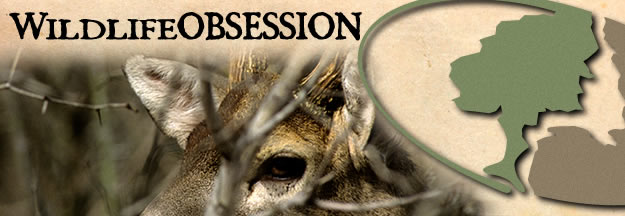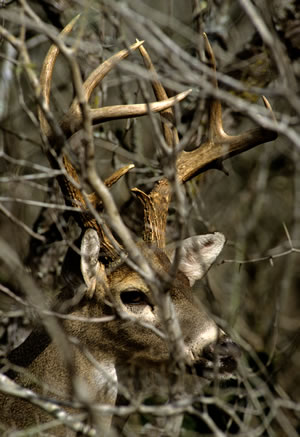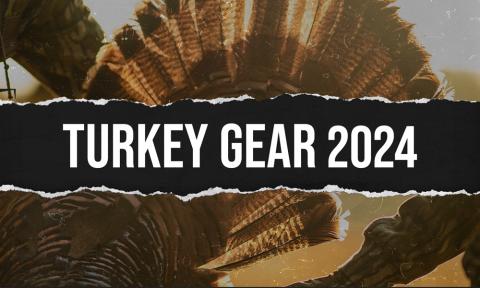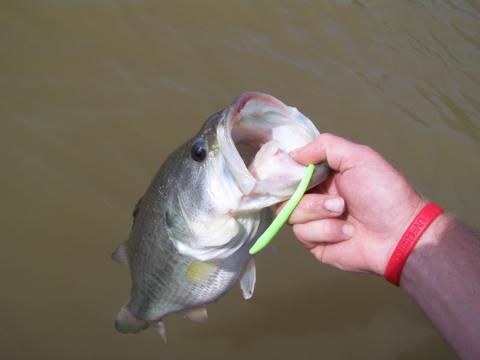
No Rooms At The Inn
Why do whitetails live where they do? It’s simple; they have food and water nearby, there’s enough cover to make them feel safe and they are usually left alone. Quite often when managers wish to increase their deer numbers they begin by adding food plots to their property. However, if you don’t have enough “housing” to handle the bodies attending your “new restaurant” your results probably won’t be what you’re expecting. You must also give your herd more living spaces. Whitetails are creatures of the edge. They do best where there is a diversity of plant life with a high stem density.
 If you can stand on the ground in your area and see for over 50 yards, the area is likely NOT holding many deer. If you can see them, they can see you. Thick edge cover is important if you wish to house more deer. There are two things you can do that will produce results in fairly short order; plant some native warm season grasses and other fast growing cover, or get busy with the chain saw and open up the canopy to allow the sunlight to hit the forest floor. Now is time to rev-up your chain saw. Wherever you can let the sunlight hit the soil you will get an explosion of plant life. This sudden increase of flora means more food and more cover for your herd. You don’t need to clear-cut your property, just open up small 1/8 of an acre to 2 acre areas to create that desired edge cover that whitetails love.
If you can stand on the ground in your area and see for over 50 yards, the area is likely NOT holding many deer. If you can see them, they can see you. Thick edge cover is important if you wish to house more deer. There are two things you can do that will produce results in fairly short order; plant some native warm season grasses and other fast growing cover, or get busy with the chain saw and open up the canopy to allow the sunlight to hit the forest floor. Now is time to rev-up your chain saw. Wherever you can let the sunlight hit the soil you will get an explosion of plant life. This sudden increase of flora means more food and more cover for your herd. You don’t need to clear-cut your property, just open up small 1/8 of an acre to 2 acre areas to create that desired edge cover that whitetails love.
Keep in mind there are also social issues when trying to increase your property’s carrying capacity. Too many deer in a small area will cause stress. This is why - the thicker the cover, typically the more deer you can hold…to a point. The thicker cover somewhat acts as a “buffer.” A balanced age structure and sex ratio will always prove to be the healthiest for your herd and the best plan for maximizing your property’s carrying capacity. Now is also a great time to review your herd’s status and think about your “trigger finger” management plan for the coming year.
Photo credit: Twildlife
This conservation tip courtesy of the Wildlife Obsession Newsletter.




























